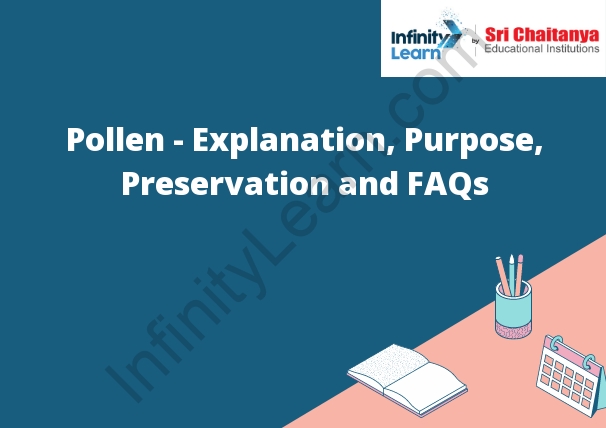Table of Contents
What is Pollen Grain?
A pollen grain is a microscopic structure that is produced by the male reproductive organ of a flowering plant. Pollen grains are discharged from the anthers of the flower and travel by wind or insects to the female reproductive organ, where they fertilize the ovules and create a seed. Pollen grains are typically round or spiny and have a tough outer coat that allows them to survive for long periods of time.

What are Pollen Cells?
Pollen cells are a type of cell that is found in the pollen of a flower. These cells are responsible for the transfer of pollen from the male organ of a flower to the female organ. Pollen cells are small and round and are often times yellow in color.
What is Pollen in a Flower?
Pollen is a powdery substance that is released from the male part of a flower in order to fertilize the female part. Pollen is often yellow or white and is made up of tiny, dust-like particles.
Purpose of the Structure
The purpose of the structure is to provide a place for the workers to stand while they are working.
What Does Pollen Contain?
Pollen is a fine powder released by the male parts of flowers. It contains the sperm cells that are needed for fertilization. Pollen is also high in proteins, minerals, and vitamins.
Where Does Pollen Form?
Pollen is a powdery substance that is produced by the male reproductive organ of a flowering plant. It is discharged into the air and is spread by the wind to other plants, where it fertilizes the female reproductive organs.
Preservation of biodiversity
Biodiversity is the variety of life on Earth. It includes all the different plant and animal species, as well as the different ecosystems they live in.
The preservation of biodiversity is important because it helps to maintain the stability of the Earth’s ecosystems. It also helps to ensure the survival of many plant and animal species, which could become extinct if their habitats were destroyed.
There are many different ways to preserve biodiversity, including protecting natural habitats, promoting sustainable agriculture, and reducing the amount of pollution and waste we produce.
Fun Facts on on Pollen Grain
Pollen grains are tiny, spiny structures that are produced by the male reproductive organs of flowering plants.
Pollen grains are transported by the wind, or by insects, to the female reproductive organs of other plants, where they fertilize the eggs.
After fertilization, the pollen grain develops into a seed, which eventually grows into a new plant.
Pollen grains are an important source of food for many insects, and they are also used as a natural insecticide.






